Kalanchoe humilis is a large succulent shrub that is very easy to identify due to its very distinct and striking features. If you are thinking about growing this unique succulent or have a kalanchoe humilis plant already, you should read this article.
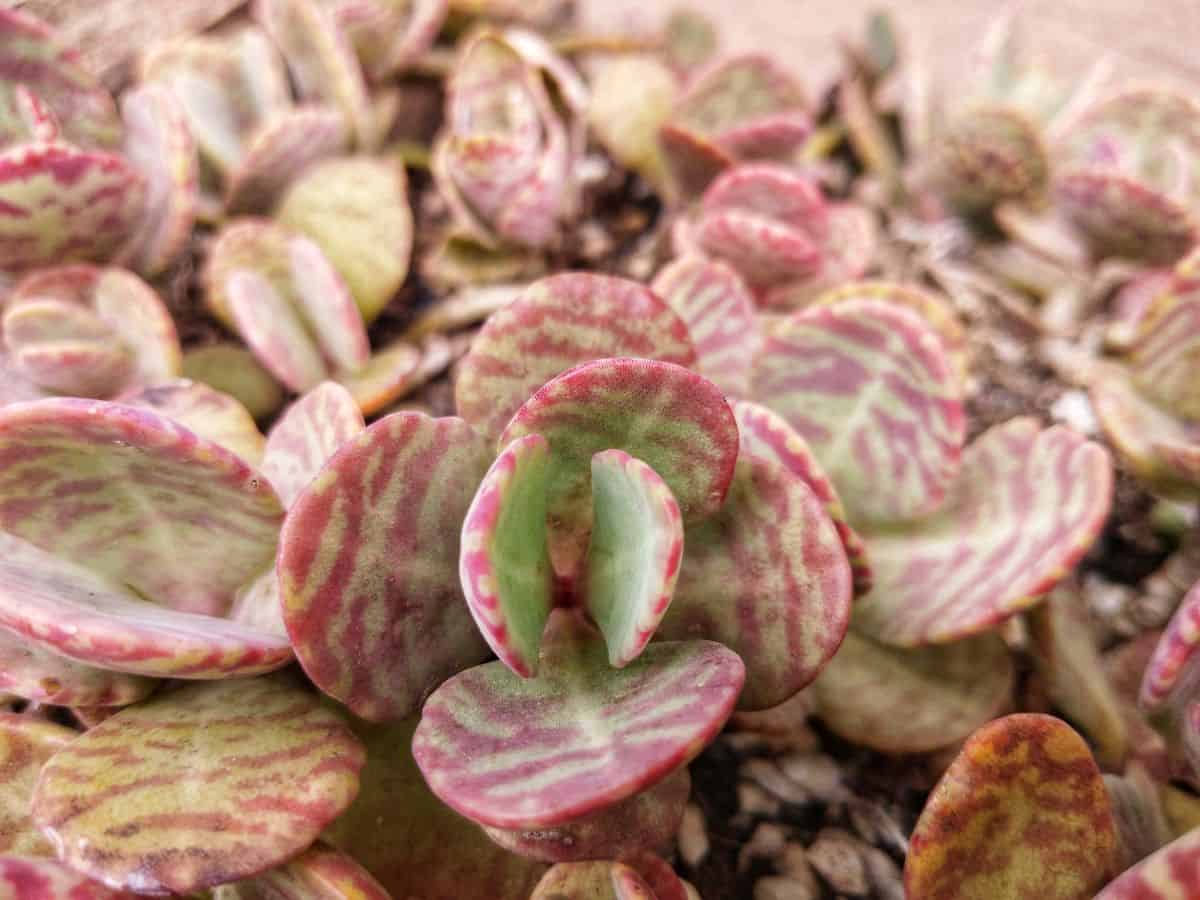
We have covered how to care for this succulent, as well as its ideal growing conditions. You will learn how to propagate it and even grow it from seedlings, so read on to find out more.
Jump to:
Description
| Name: | Kalanchoe humilis |
| Soil: | Bits of debris |
| Blooming: | Summer |
| Light: | Bright filtered light |
| Water: | Soil is completely dry |
| Propagation: | Seeds, offsets or cuttings |
You can expect kalanchoe humilis succulents to grow up to three feet tall when they are planted in a rock garden or in large tubs. It has very pale green leaves that are covered in maroon or deep purple markings. These markings are usually displayed in horizontal stripes.
This plant is native to Tanzania, Malawi, and Mozambique. It is summer dormant and not cold hardy, but we will get into more details about that in the next few sections.
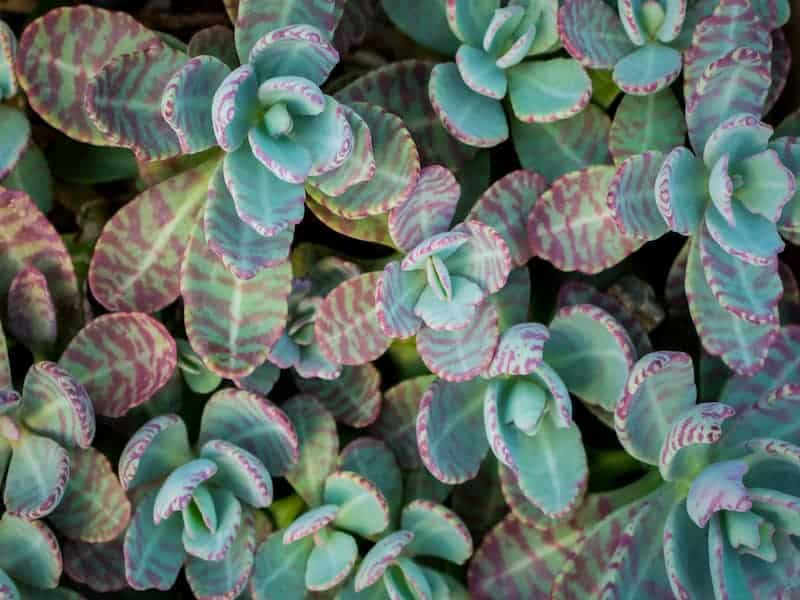
Buy it from:
Cultivars and Hybrids
The original hybrid of the kalanchoe humilis was created by crossing K. diagremontiana and K. delagoensis to create the Houghton’s hybrid plant. This hybrid has many advantages over the original plant as its leaves fall frequently and re-grow in the ground with very little intervention.
Care
You will be pleased to learn that kalanchoe humilis is a very easy succulent to care for. Much like other succulent plant types, it does not require frequent watering, pruning, or feeding, so it is ideal for people with a very busy schedule.
Light
Kalanchoe humilis prefer warm, sunny locations that are brightly lit with natural light for most of the day. Your plant should get at least six hours of sunlight every day in order for it to thrive and grow to its full potential.
No products found.
If you want to grow it inside, you should consider placing it near a south-facing window during the winter. Planting your succulent directly in the ground is risky as you will not be able to move it around your garden. Consider planting your kalanchoe humilis in containers instead.
Water
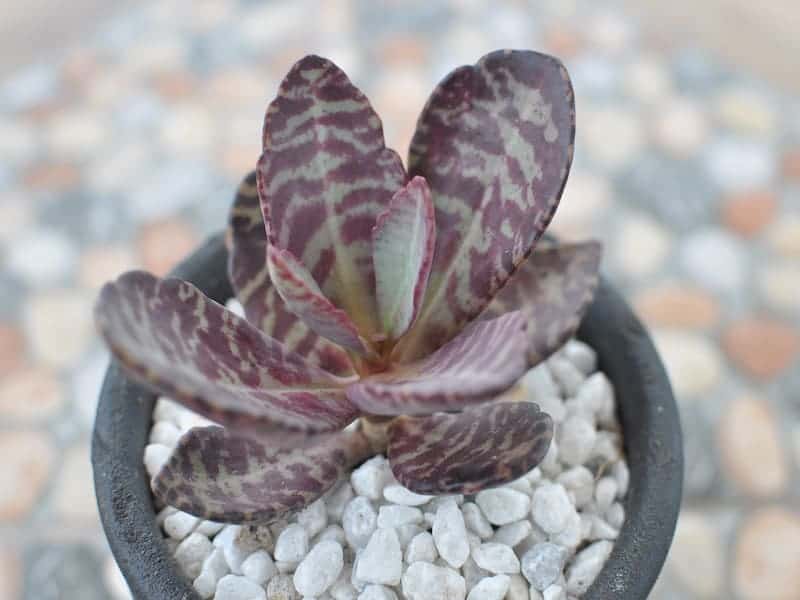
You will need to water your succulent regularly during the summer and very little during the winter. If you want to learn how to tell when your succulent needs water, all you need to do is touch the soil with your fingers. If the soil is damp, do not water your plant. If the soil is completely dry, you can water your succulent.
Overwatering your plant could cause root rot and powdery mildew to develop. Both of these conditions can be very difficult to reverse, so prevention is always better than the cure, especially when it comes to caring for your succulent plant.
Top Tip: Water your plant as the base rather than over-head. This will stop the spread of disease and infection. Not only do your succulent plants need to be watered from the base, but other garden plants should be too. This stops water droplets carrying diseases from one part of a healthy plant to another.
Temperature
Do not let your kalanchoe humilis grow in temperatures below 55 degrees Fahrenheit. They are not cold hardy and will die very quickly if left in freezing conditions for longer than a few hours.
If your succulent is growing outside, bring it indoors during the frost as frost will cause its leaves to freeze and burst. Any scaring and damage caused to your plant will be permanent.
Soil
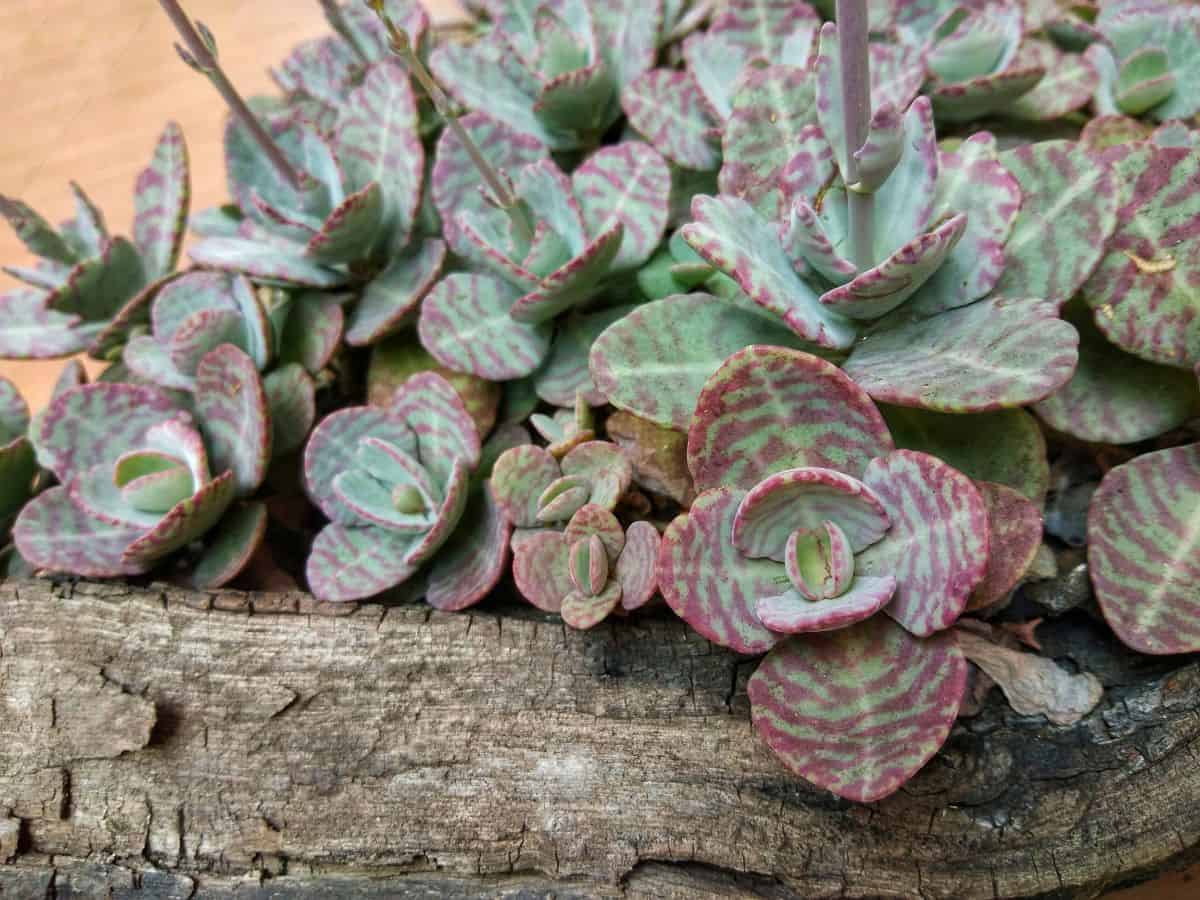
Kalanchoe humilis needs to grow in very porous soil that has good drainage. Planting this succulent in inappropriate soil is vital as dense soil is very problematic for these plants and could suffocate them.
Another very important thing to remember is that the succulents pot needs to have a lot of drainage holes at the bottom to allow all of the excess water to flow out. Trapped water could cause root rot and other unpleasant conditions that are hard to get rid of.
Propagation
You can propagate kalanchoe humilis from cuttings, seeds, and offsets. Succulents are very easy to propagate, although you need to have a lot of patience and carefully follow the instructions. Take a look at the sections below to learn how to propagate your plant from seeds, cuttings, and offsets.
Seeds
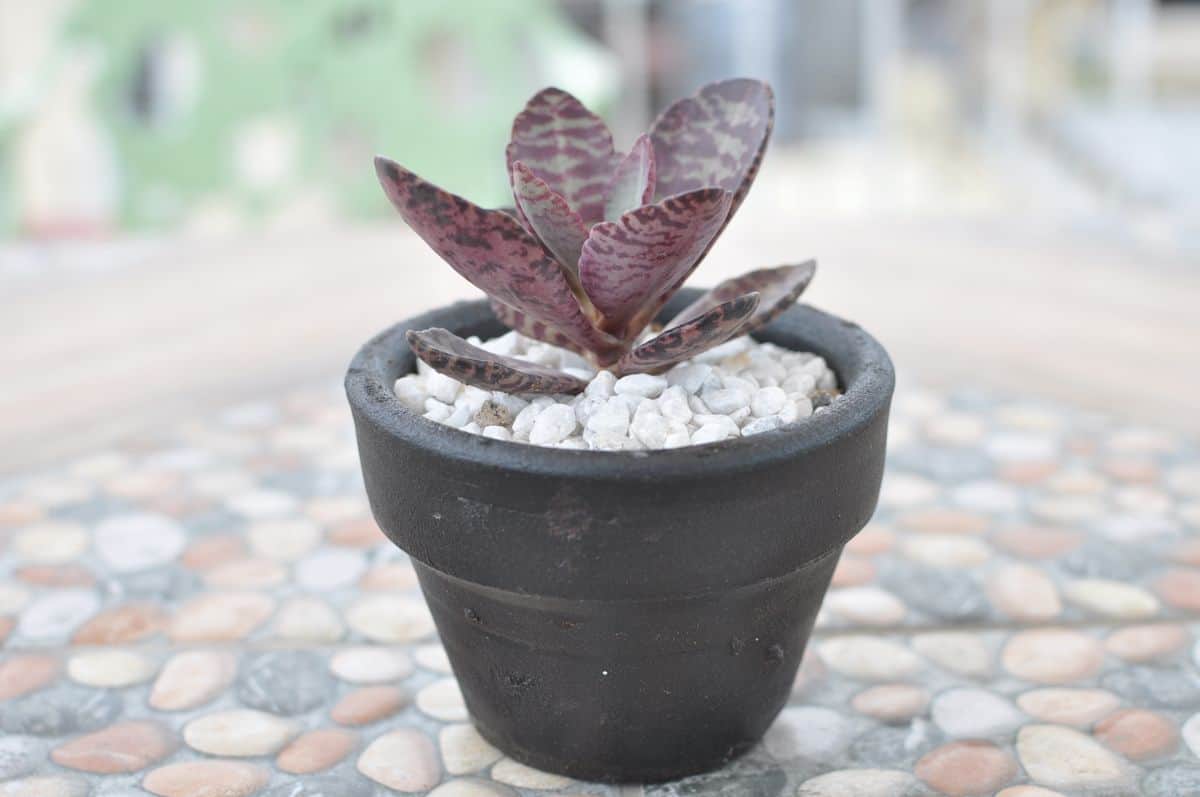
Suppose you want to propagate kalanchoe humilis from seeds. In that case, you can purchase high-quality seeds from your local garden center, or you can cross-pollinate two kalanchoe humilis from your garden.
Once you have enough seeds to grow, follow these steps to get a high germination rate:
- Mix cactus potting soil with fine potting soil and wet it with warm water until the soil is damp.
- Plant the seeds an inch deep in the soil and about an inch apart.
- Put the tray in indirect light for up to 10 days.
- Do not let the seeds reach temperatures below 70 degrees Fahrenheit.
- Germination takes up to 10 days.
Cuttings
The best way to propagate kalanchoe humilis from cuttings is to remove a large bit of the stem from the main plant. Ideally, you want to cut a bit of the plant above a healthy leaf. Once you have removed a healthy stem from the main plant with a sharp, sterile knife, leave it to callous over for up to a week before planting it in well-drained soil.
Offsets
Look closely at the base of your plant, can you see small rosette offsets? If your plant has started to produce offsets, you can remove them and propagate your plant.
Remove the rosette offset with a sharp, sterile knife or sterile pair of scissors and leave it in a warm, dry place for up to two days. Once the offset has been left to callous over for a couple of days, place it on well-drained soil.
Common Pests and Problems
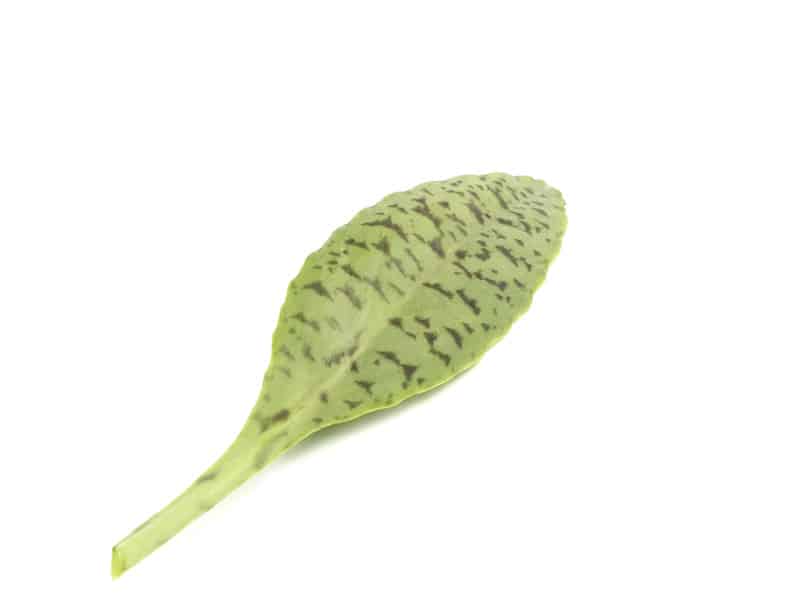
Kalanchoe humilis is a very pest and problem resistant plant. If your plant is growing outside, it could get infected with mealybugs, aphids, and scale.
You should regularly inspect your succulent for infestation signs and remove any bugs as soon as they are spotted. You can remove the bugs with a strong water stream; however, if this does not work, you will need to use soap sprays and other gentle pesticides to get rid of the insects.
Succulent growers need to be aware that they can cause their plants to get sick. Overwatering is one of the biggest causes of root rot in any plant, and poor soil and pot drainage only makes this worse.
Root Rot Signs to Look Out For:
- Wilting
- Yellowing leaves and stems
- Brown leaves and stems
- Soft and soggy leaves or stems
If your plant has suffered from root rot, or you suspect that your plant is suffering from root rot, you should re-pot your plant in dry, well-drained soil. You also need to ensure that the pot you plant your succulent in has plenty of drainage holes.
Powdery mildew can also develop on overwatered succulents. This can also cause your plant to deteriorate very quickly and should be treated as soon as it develops. Your kalanchoe humilis will fail to produce flowers and show signs similar to those displayed with root rot.
Have you found the information in this article useful? If you have any more tips and suggestions for caring for kalanchoe humilis plants, we would love to hear them!
Sources:
https://www.rhs.org.uk/advice/plant-problems/diseases-disorders


